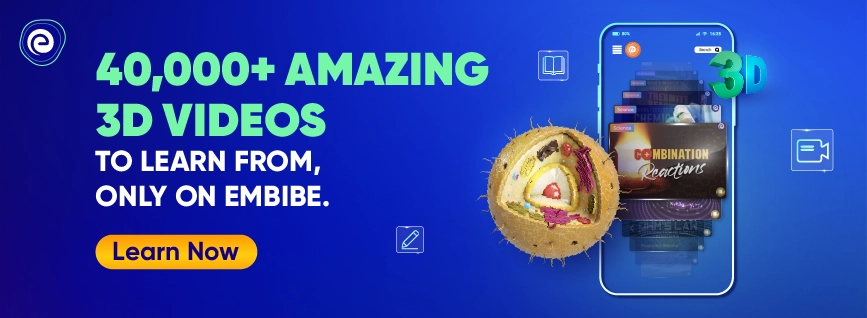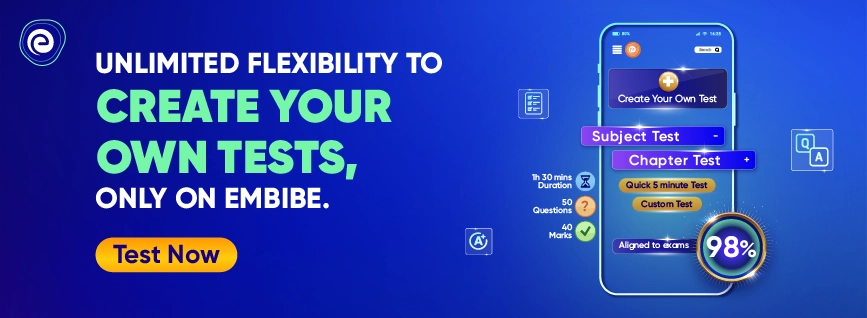| Atomic Structure | Introduction to Structure of Atom, Atomic models, Quantum Mechanical Model, Shapes of Atomic Orbitals, Rules for Filling Electrons in Orbitals, Stability of Completely Filled and half-filled Orbitals. |
| Chemical Bonding | Types of Chemical bonds, Valence Bond Theory, Molecular Orbital Theory, Hydrogen Bond. |
| States of Matter: Gases and Liquids | Intermolecular Forces, Laws Governing Gaseous State, Ideal Behaviour, Deviation from Ideal Behaviour, Liquefaction of Gases, Liquid State |
| Thermodynamics | Thermodynamic Terms, Thermodynamic Quantities, First Law of Thermodynamics, Thermochemistry, Spontaneity, Third Law of Thermodynamics. |
| Chemical Equilibrium | Introduction to Equilibrium, Equilibrium in Physical Processes, Equilibrium in Chemical Processes, Types of Chemical Equilibria, Applications, of Equilibrium Constant, Factors Affecting Equilibria, Ionic Equilibrium in Solution, Ionization of Acids and Bases, Buffer Solutions, Solubility Equilibria of Sparingly, Soluble Salts |
| Solid State | Introduction to Solid State Chemistry, Classification of Solids on the Basis of Order in the Arrangement, Crystal Lattices and Unit Cells, Close Packing in solids, Imperfections in Solids, Electrical Properties, and Magnetic Properties. |
| Solutions | Introduction to solutions, Types of Solutions, Expressing the Concentration of Solutions of Solids in Liquids, Solubility, Vapour Pressure of Liquid Solutions, Classification of Liquid-Liquid Solutions on the basis of Raoult’s Law, Colligative Properties, Abnormal Molecular Mass. |
| Redox reactions and Electrochemistry | Oxidation and Reduction Reactions, Redox Reactions in Terms of Electron Transfer Reactions, Oxidation Number, Types of Redox Reactions, Types of Redox Reactions, Balancing of Redox Reactions, Types of Electrochemical Cells, Electrolysis, Conductance in Electrolytic Solutions, Corrosion. |
| Block & p-Block Elements and metallurgy | S-Block Elements Group 1 Elements & Group 2 Elements, P-Block Elements Group 13, 14, 15, 16, 17 and 18 Elements. |
| d and f – Block Elements and Coordination Compounds | d-Block elements, F-Block Elements, Coordination Compounds, IUPAC Nomenclature of Coordination Compounds, Valence Bond Theory as Applied to Coordination Compounds, Importance of Coordination Compounds. |
| Surface Chemistry | Adsorption on a Surface, Catalysis, Colloids. |
| Chemical Kinetics | Rate of Chemical Reaction, Factors Affecting Rate of a Reaction, Integrated Rate Equations and Half life, Temperature Dependence of Rate of Reaction, Collision Theory. |
| Hydrocarbons, Haloalkanes, and Haloarenes | Types of Hybridization of Carbon, Classification of Organic Compounds, IUPAC Nomenclature of Organic Compounds, Stereochemistry and Isomerism, Homolytic and Heterolytic Fission of a Covalent Bond, Basics of Organic Reaction, Electronic Displacements in a Covalent Bond, Aromaticity, Alkanes (Upto 5 Carbon Atoms), Alkenes (Upto 5 Carbon Atoms), Alkynes (Upto 5 Carbon Atoms), Arenes, Haloalkanes and haloarenes. |
| Oxygen containing Organic compounds | Structure, Preparation of Alcohols and Phenols, Properties of Alcohols, Phenols and Ethers, Preparation of Ethers & Chemical Properties, Physical, Chemical Properties and Uses of Aldehydes and Ketones, Carboxylic acids. |
| Nitrogen containing Organic compounds | Structure, Preparation of Amines, Physical and Chemical Properties of Amines, Diazonium Salts. |
| Bio-Molecules and Polymers | Biomolecules, Polymers |
| Chemistry in everyday life | Chemicals in Medicines, Food and Hygiene (Soaps and Detergents) |
| Environmental Chemistry | Environmental, Pollution, Water Pollution, Industrial Pollution. |








































